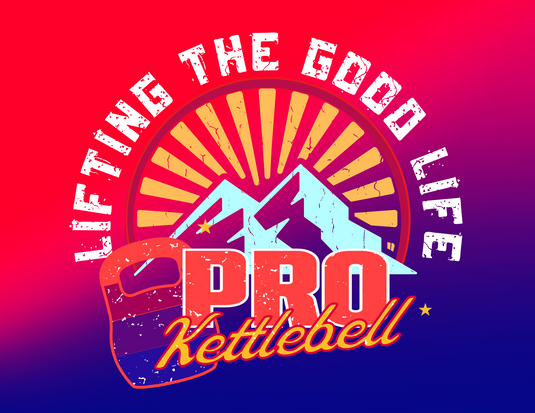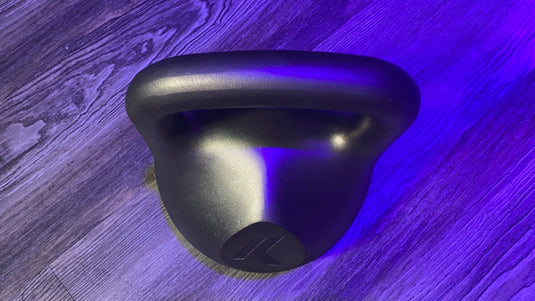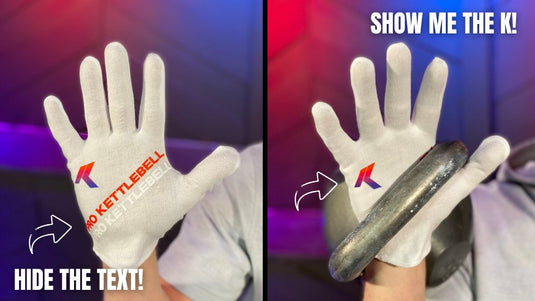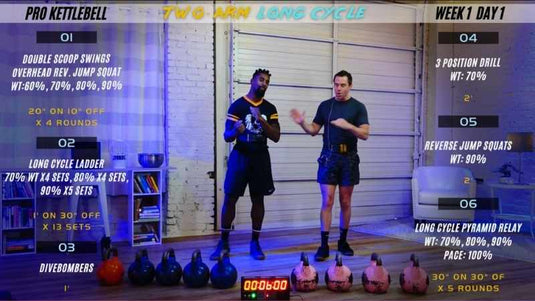What is a Kettlebell?
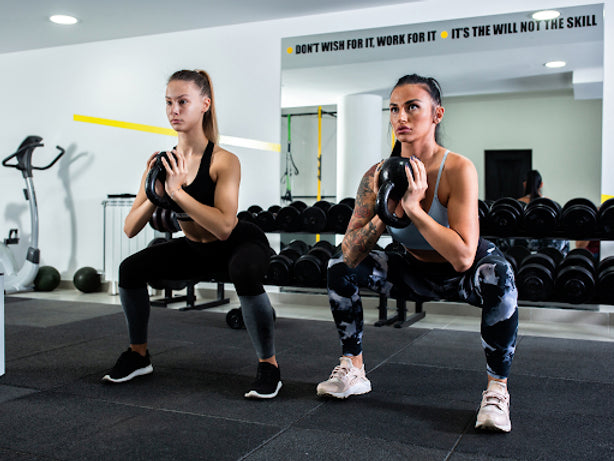

Are you interested in adding strength training to your workout and want to avoid the boredom of conventional weight training? You’ve come to the right place! Kettlebells are a great alternative to consider.
But what are kettlebells, and how beneficial are they for your physical health and wellness? Let’s dive in.
Kettlebell Definition
We define a kettlebell as a free weight with a flat base and a handle for easy gripping. You’ll find them made of a variety of materials, but most commonly of cast iron or cast steel. Kettlebells can range in size and weight, just like barbell-style free weights.
Kettlebell Benefits
What are kettlebells beneficial for?
Whether you’re finally ready to pick up the kettlebells at your gym or you want to add this piece of equipment to your home fitness center, you can expect physical improvement across the board:
-
Improve your balance, coordination and mobility.
-
Gain lean muscle mass.
-
Lose stubborn pounds.
-
Minimize impact on your joints.
Kettlebells can also add variety to a boring workout routine and open up new avenues for fitness enjoyment! You can train with kettlebells on your own, or you can try a kettlebell class online or in person, surrounded by other people with similar fitness goals.

How to Train with a Kettlebell
You can train heavy with kettlebells, but they’re absolutely unbeatable for high-volume, lighter weight workouts, which are extremely efficient. You’ll reap all the benefits listed above and strengthen your muscles and tendons at the same time - without the strain which can come with heavy lifting. Here are some simple ways to incorporate kettlebell training into your workout routine:
1. Kettlebell Swing
Assume an athletic stance with your hips back, and your knees slightly bent (like a baseball player in ready position). Keep your chest up, back straight and shoulders back while hooking your fingers around the kettlebell handle, then hike the kettlebell high between your legs (like a football player), with your wrists coming in contact with your groin.
When the bell has gone as high as it can go behind you, assist the bell into its forward swing by squeezing your glutes, quads and core while standing up quickly. Use as much power as necessary to get the bell to swing to about chest level. Try to let your lower body and the momentum do the work and resist any urge to lift the bell with your arms and shoulders. Your lower body does the work to swing the kettlebell, your upper body is just guiding the trajectory.
Once the bell begins to drop back down, make sure to remain upright until your arms come back in contact with your torso, so you can safely absorb the weight with your legs before hinging forward and completing the backswing.
For further explanation, read our blog on how to perform a kettlebell swing correctly.
2. Goblet Squat
Air squats are great for the butt, quads, and hamstrings on their own. But when you add a kettlebell to the exercise, you add resistance and work these muscles even more.
Stand with your feet about shoulder-width apart and hold the kettlebell bottoms side up, sandwiched between both hands (the silhouette of the kettlebell should mimic a goblet).
Bring your hips back while keeping your chest up and heels down. Bend your knees and bring your butt as close to the floor as you can while maintaining a straight back and your kettlebell and upper body balanced directly over your feet - you do not want to round your back and pitch forward. Make sure your knees are tracking in alignment with the way your toes are pointed.
Return to the standing position and repeat.
3. Suitcase Lunges
Start by standing with your feet together. Hold a kettlebell in one or both hands and keep the arm(s) holding the kettlebell down by your side. Take a large step forward. Let both knees bend and bring your back knee as low as you can to the floor without touching. Your front knee should not project past your toe. Make sure to keep your chest up and weight stacked over your hips.
Push your front heel into the floor as you stand back up and return to the starting position. Now lunge forward with the other leg. Repeat.
4. Russian Twist
Take a seated position on the floor with your feet outstretched in front of you and a slight bend to your knees. Hold the kettlebell bottoms side up by the handles. Sit up nice and tall on your sitz bones and rotate your torso to one side. Touch the handle on the floor next to your hip while keeping your chest up and back straight. Bring the kettlebell back to center and now rotate the opposite direction and touch the floor on the other side.
Repeat for a set time or rep count. For added difficulty try elevating your feet.
Are you ready to improve your workout routine with kettlebells? Browse our selection to find the perfect kettlebell for you, then join our online classes for instruction and workouts.


